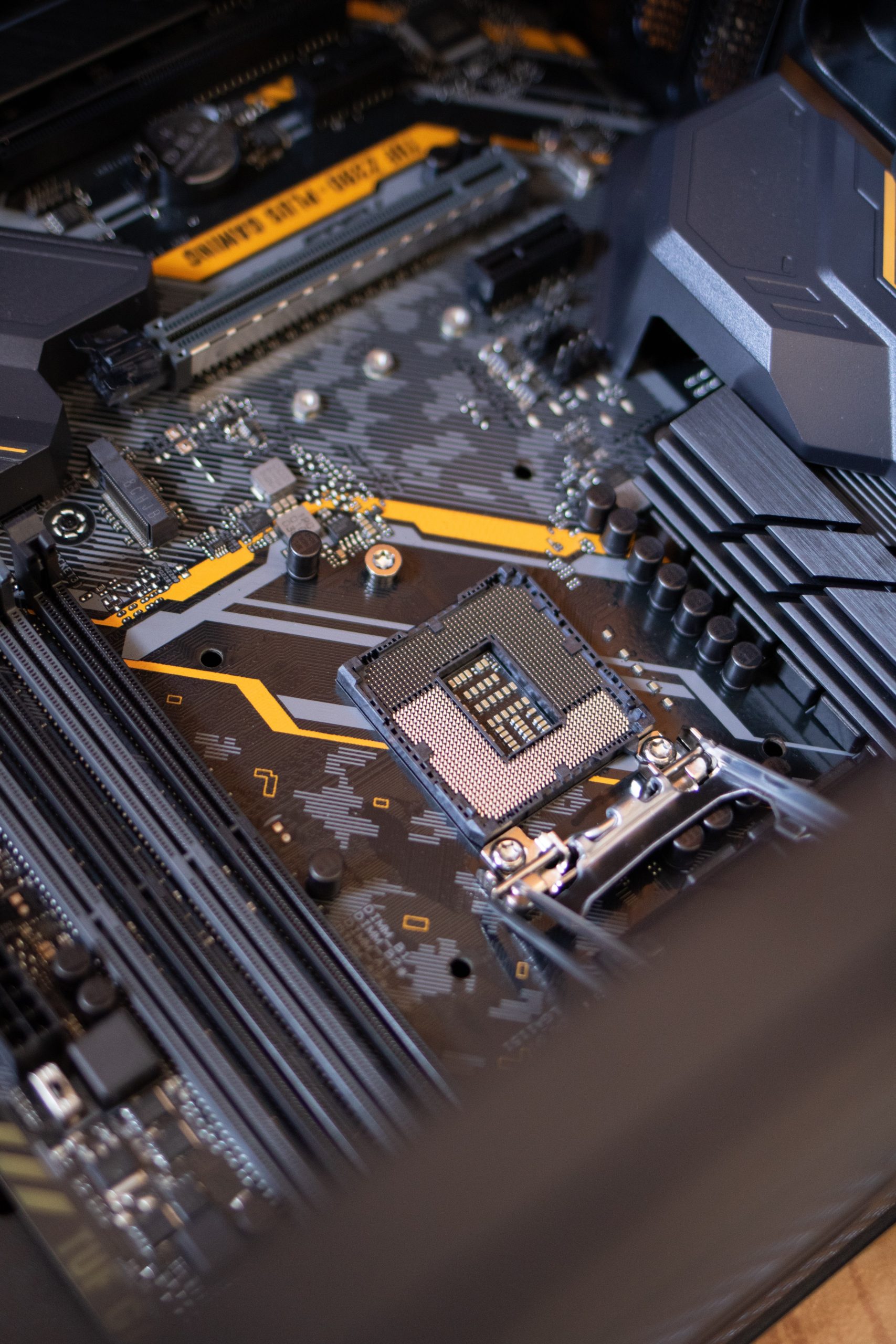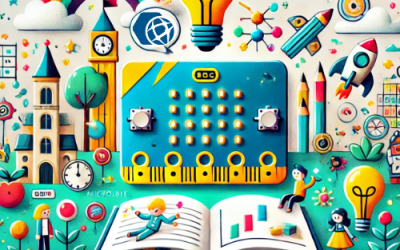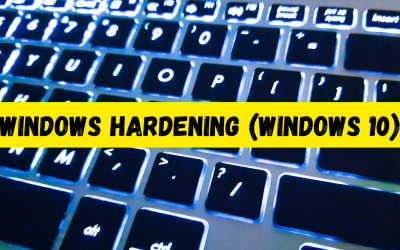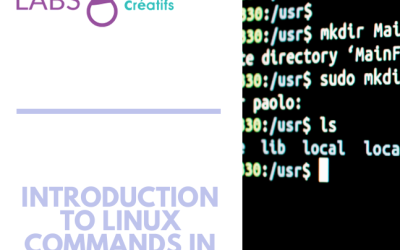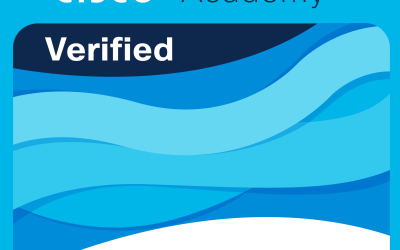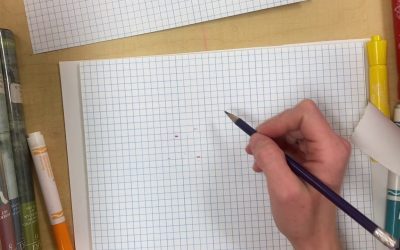Overview
This learning activity serves as an introduction for middle and high school students to demystify the inner workings of their everyday technology. The lesson guides students through the critical parts that make up a computer, including the motherboard, CPU, RAM, hard drive, and power supply. Students gain insight into the hidden mechanisms within their devices that enable functionality. This foundation spans not just computers but smartphones, game consoles, car stereo systems, and essentially all internet-connected digital tools, which share these same component pieces in various shapes and configurations.
Grasping this baseline internal structure empowers students to understand the broader technologies they use daily, rather than operate them as “black boxes”. Peeling back the outer layer reveals the interconnected hardware and software systems powering their gadgets. This motivates more intentional usage and provides the bedrock for tracing real-world technological impacts. Whether building circuits later or just collaborating digitally on group projects now, viewing their devices as powered by understandable component parts instead of magical black boxes allows students to engage with technology through an informed lens as young digital citizens.
NB Curricular Connections
Science 7
- Strand: Learning and Living Sustainably – Big Idea: Responsible and Sustainable Application, Skill Descriptor: Apply scientific and technological knowledge and an understanding of sustainable practices responsibly with respect to matter and Earth surface processes.
Technology (9-12)
- Strand: Information Technology Skills – Big Idea: Understand and use technological systems
- Strand: Information Technology Skills – Big Idea: Students will develop and demonstrate skills to repair basic computer and networking problems.
Technology (6-8)
- Strand: Information Technology Skills – Big Idea: Students will use technological operations and concepts
- Strand: Information Technology Skills – Big Idea: Computational Practice and Problem Solving
What you’ll need
- “What’s inside a Digital Device?” PowerPoint (included)
Instructions
- Introduce students to the key components found in most digital devices: CPU, storage device, RAM, input/output devices, motherboard, and GPU. Teachers can go through each slide explaining what each component is and what it does.
- Have students brainstorm and call out any digital devices they use and interact with on a regular basis (computers, phones, game consoles, etc.).
- Ask students if they can name some of the components found inside these devices. Let them guess and provide answers.
- Go through each slide providing more detail on the purpose and function of each internal component. Teachers can relate components back to the devices students listed to make connections.
- Have students get into small groups and trace how certain actions rely on different internal components working together. For example, playing an online video game uses the GPU for graphics rendering, the RAM to load the game, the CPU for processing, etc.
- As a takeaway activity, have students research e-waste and the sustainability of electronics manufacturing. Alternatively, students can create a timeline of major digital device releases and explain why they were impactful for the time.
Reflection Activity
Please see the attached PDF for several choices on how you and your learners can reflect upon today’s activity. High School reflection activity is coming soon!
